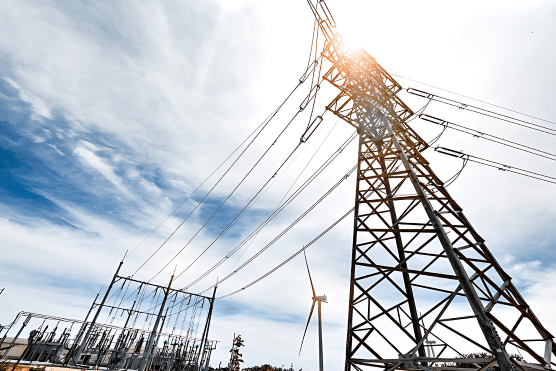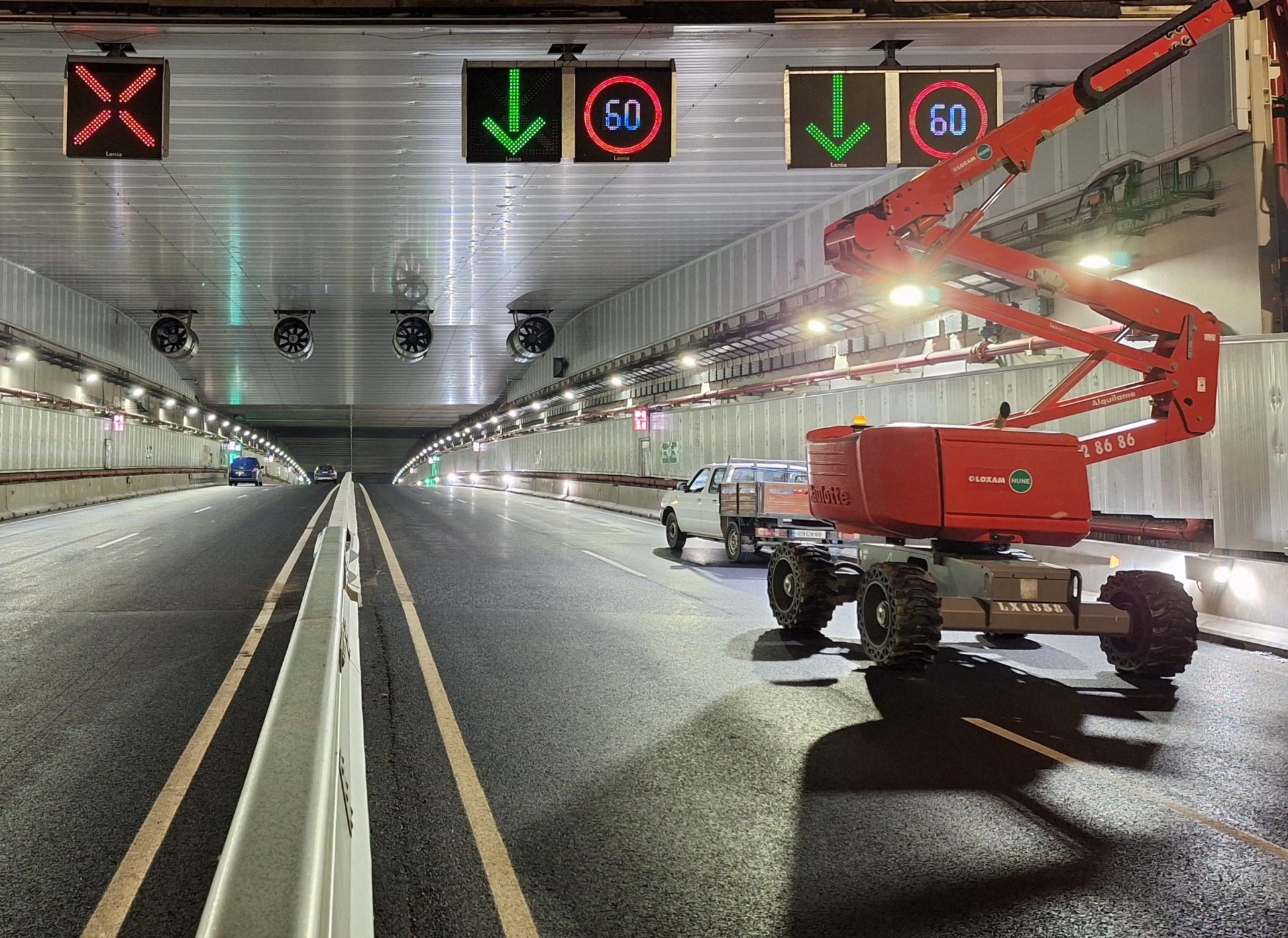Ayesa predicts demand in i-DE’s low-voltage networks using Artificial Intelligence

It has successfully completed the “Innovation Data Space Challenge” for the Iberdrola Group’s electricity distribution company and has been certified as a supplier with proven capacity to carry out this type of project.
The model developed allows the energy supply to be adjusted more precisely and avoids overloads or interruptions in supply.
Ayesa, a global provider of technology and engineering services, has participated in Iberdrola’s “Innovation Data Space” competition for the development of Artificial Intelligence algorithms aimed at predicting demand in the low-voltage network. The company designed short- and medium-term demand prediction models using historical hourly load curve data to estimate both demand and generation on more than 2,000 low-voltage lines.
The models developed by Ayesa were evaluated alongside those of other participants, highlighting them as one of only two companies that successfully completed all the deliverables of the challenge. The initiative has thus enabled the company to validate the effectiveness of its models in comparison with other competitors and obtain certification as a supplier with proven capacity to carry out this type of project.
The management of electrical infrastructure is becoming an increasingly complex problem, as networks must handle not only traditional energy consumption and generation, but also fluctuations resulting, among other causes, from the growing integration of renewable energy sources, which introduce great uncertainty into the system. In this context, the existence of sophisticated demand forecasting models becomes a key factor for the efficient management of the electricity grid.
These models make it possible to accurately anticipate the evolution of electricity demand, detecting consumption patterns in specific areas, capturing seasonal factors and helping to predict peaks in demand or anomalies in consumption, which is key to adjusting energy supply more precisely and avoiding overloads or interruptions in supply.
In addition, medium- and long-term demand forecasting allows electricity companies to make strategic decisions about network design, improving the stability of the electricity system, optimising energy use and reducing operating costs.




